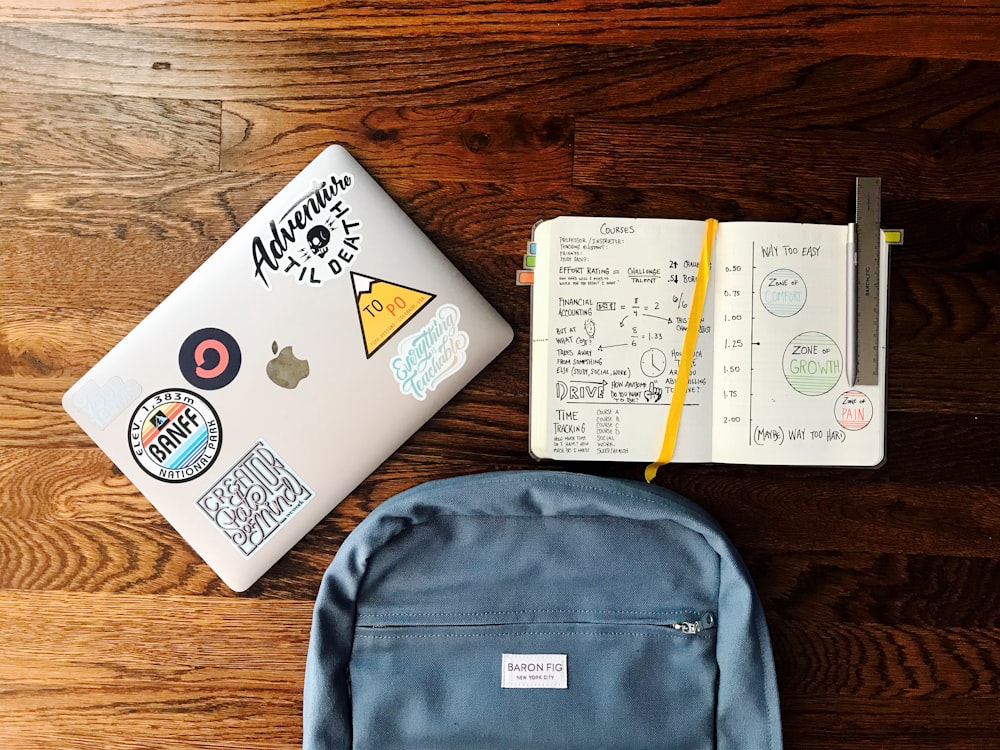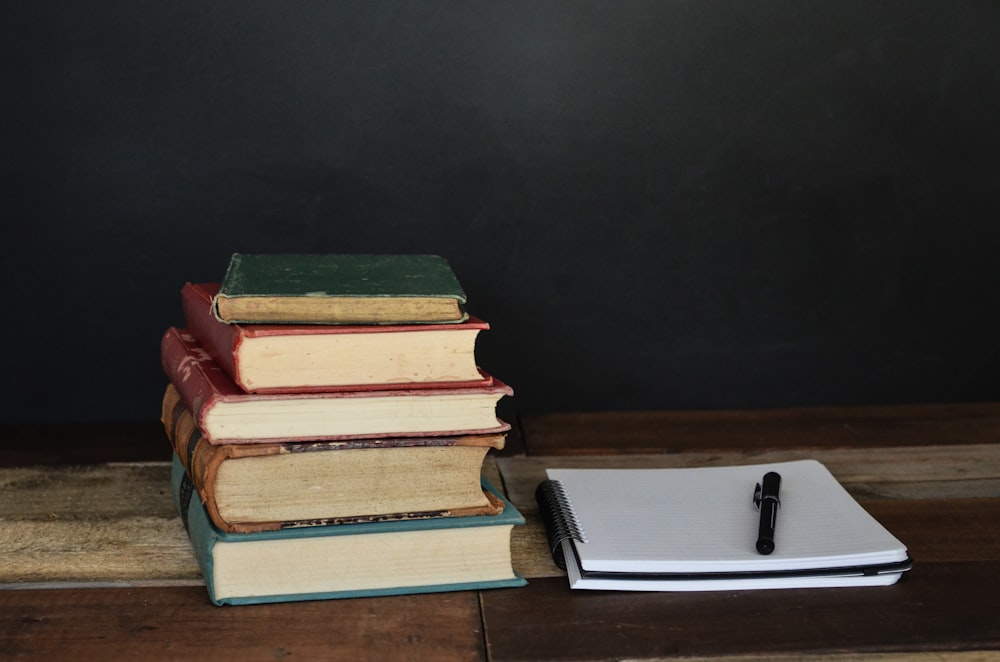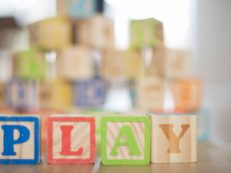The most effective way to learn something is to put in some time, reflect on it, and then put in some more time.
That’s how you learn. You think about what you’ve learned, and then you apply it. That repetition is how your brain forms memories.
So, the best way to learn a new language is to make a point of practicing every day. You need to put in at least 10 minutes a day of deliberate practice if you want to become fluent quickly.
But 10 minutes a day is not enough for most people. It takes more than that to really remember something.
What is Spaced Learning?
Spaced learning is the key to retaining what you’ve learned.
This means you need to practice every day, but you also need to leave some time between sessions. That way, you can let your brain absorb what you’ve learned and get used to it. You can even forget about it for a while, and then refresh your memory when you practice again.
The repetition of spaced learning leads to lasting memories. The more time you spend practicing in between sessions, the more new words and phrases will stick with you in the long run.
In this way, spaced learning is very similar to traditional classroom learning. In school, teachers always taught new material over several classes or days, rather than trying to cram everything into one class period.
That way students had a chance to process the information and build lasting memories from it. This kind of spaced learning leads to better results over time than cramming ever could!

How to Apply Spaced Learning
Techniques:
- Practice each day, but leave some time between sessions.
- Allow your brain to absorb what you’ve learned and get used to it.
- Let yourself forget about it for a while, and then refresh your memory when you practice again.
The Spaced Learning System
This is how I recommend that you structure your language learning routine
Step One
First, learn the 10 most common words in the language. That’s 100 words! You can do this by going through the first 10 lessons of a basic language course or by just learning them from a good dictionary or flashcards.
You should also use any other techniques you have at your disposal to learn these 100 words as quickly as possible. This is a good starting point for any new language, and if you don’t have this step, then you are missing out on one of the most important ones!
Step Two
Second, learn to write those 100 words out in that language. Again, this can be done using any materials available to you: either in-person or online classes or self-study courses.
Or you can just use some basic flashcards or an app on your phone that allows you to practice writing the characters. (Most languages have a very similar writing system.)
Step Three
Third, learn the 200 most common words in the language. This is a slightly more advanced technique than the first two, but you should be able to do it.
Again, this can be done by going through a basic course or by learning them from flashcards or an app.
If you want to do this as a group exercise, you can also use any other techniques that are available to you.

Step Four
Fourth, learn 300 more words. This is just another step in the process of mastering your language and should not take more than 30 minutes per day. If you have been following these steps correctly up until now, then you should be ready for this step!
Step Five
Fifth, start reading simple books in your target language! That’s right: start reading books! That’s where I am at right now and I know that it is one of the most important steps for anyone who wants to become fluent in a new language.
If you haven’t started reading yet, then start today!
You don’t need much material for this step: just some stories that interest you and some basic vocabulary and grammar books will get you started (and if they are in the language you are learning, then you will be using them to read in your target language as well!).
Step Six
Sixth, start watching movies or TV shows in your target language! Again, that’s right: start watching movies and TV shows!
I know that this is a little hard to do at first, but with time and some good tools it becomes easier.
Wrapping Up: Spaced Learning System
Once you have learned all of these words, go back through the first 10 lessons of a basic course or dictionary or flashcards and memorize them. This will ensure that you retain all of those words so that they are easily accessible for future use!
Once again, if this step has not been done yet then make sure it gets done immediately! It is one of the most important steps in learning a language.
Find the best tutors with the best method of teaching in Cudy. Join Cudy now!






